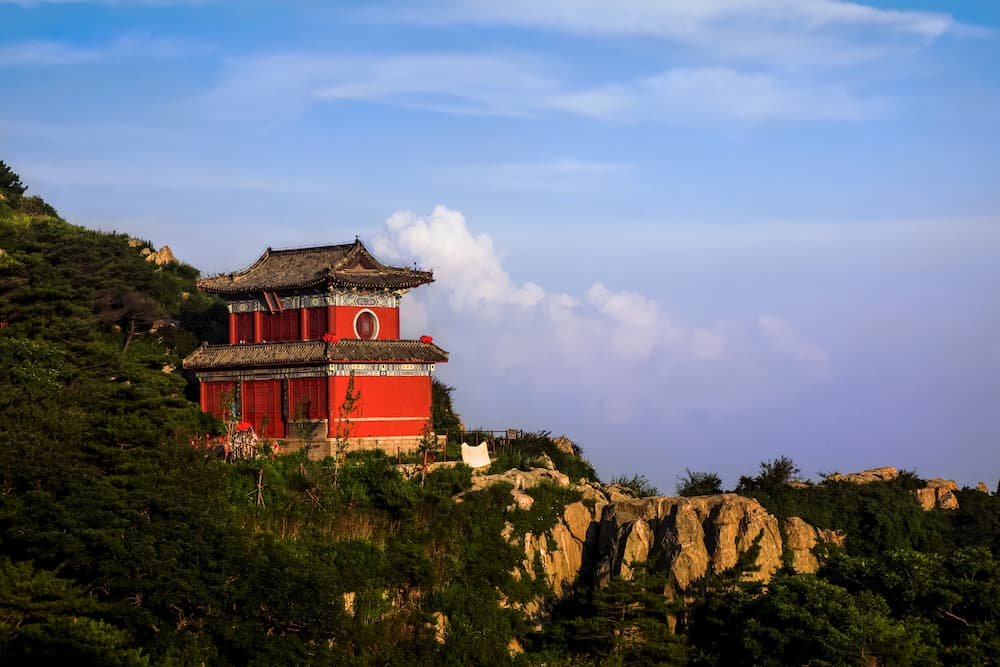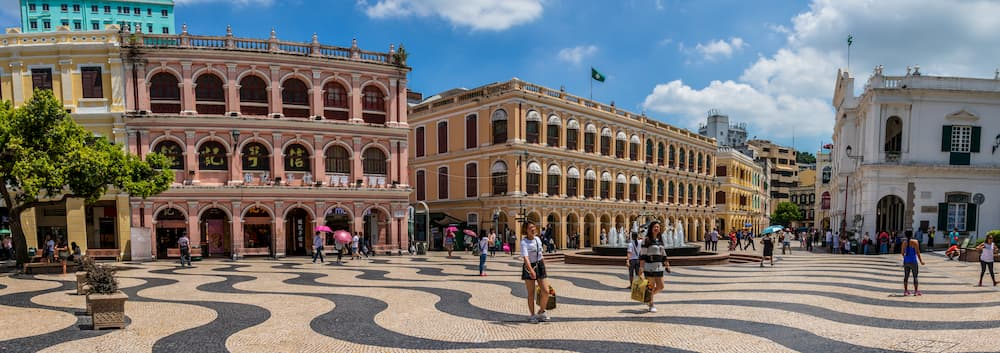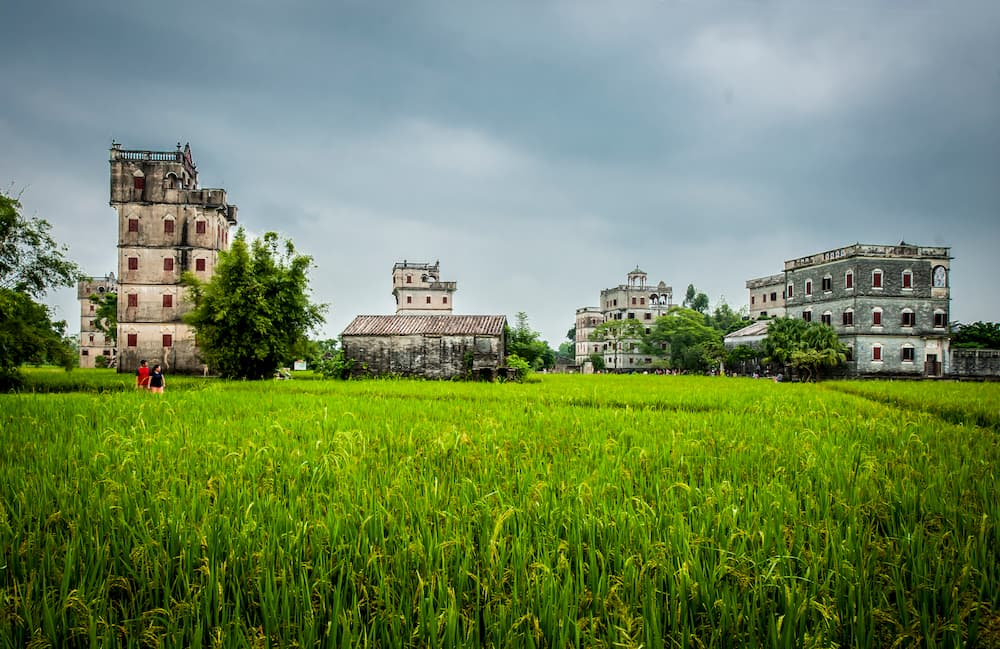
Mount Tai
Splendid
Chi Culture
Topic
Mount Tai
In ancient China, five lofty mountains were known by the term yue, or “marchmounts.” There is one for each cardinal point and one for the center: Mount Tai in the east, Mount Hua in the west, Mount Heng (衡) in the south, Mount Heng (恒) in the north, and Mount Song in the center. People in the past believed that just as the sun and the moon rose in the east, so did everything in its turn. For this reason, Mount Tai was given the name of “the supreme marchmount.” Emperors in the past treated Tai as a deity and often offered sacrifices to the mountain at the time of their succession to the throne. These emperors also granted Mount Tai many titles and left behind numerous sites on the mountain.
Although Mount Tai not only has topographical advantages, it also has a long-standing history and culture and was a center of cultural activity. The Mount Tai area also produced many famous statesmen, thinkers, and educators such as Guan Zhong (725–645 BCE) and Confucius (551–479 BCE) who greatly influenced the development of Chinese history and culture. In 1987, Mount Tai was inscribed on the World Heritage List by the United Nations Educational, Scientific and Cultural Organization.
In the remote past, the area around Mount Tai was nothing but a vast expanse of water. Later, as the earth’s tectonic plates shifted, the seafloor gradually rose and the water became shallow. Eventually, the seafloor rose until finally a lofty mountain, proudly displaying itself to the world, appeared. Geologists have determined that Mount Tai formed around thirty million years ago, and its geological complex (unit of rocks composed of a combination of at least two of the following metamorphic, igneous, and sedentary rocks) dates even earlier—1.5 billion years making it is one of the oldest geological complexes on earth.
Neolithic period culture sites have been found at Dawenkou village in Tai’an and Longshan town in Zhangqiu. Such discoveries revealed Mount Tai’s incredible history during the Neolithic period. Historians refer to these two sites as representative of the Dawenkou and Longshan cultures, respectively. During the Neolithic period, early people could only use crude tools. They used cracked stones as knives to dress prey, as weapons to attack animals, or as tools to dig up roots and cut stalks. Many stone axes, and spears, as well as bone spears and daggers have been found at the sites. In addition, bone and ivory carvings such as necklaces, combs, and ornaments were discovered. These are all extremely valuable for examining the development of society at the time.
In the eyes of the ancients, the lofty Mount Tai was the closest place to Heaven; only by climbing Mount Tai could humans communicate with the immortal. Emperors believed they ruled because they had received “Heaven’s mandate.” Out of gratitude, the emperors often held solemn fengshan ceremonies at Mount Tai. The fengshan ceremony is composed of two parts: feng means to construct an earthen altar and to offer a sacrifice to heaven; shan means to remove soil from the foot of Mount Tai to propitiate the earth. In remote antiquity there were seventy-two rulers who performed the fengshan ceremony at Mount Tai. The ceremony thereafter became a symbol for a peaceful and flourishing reign. The emperors in the Qin (221–206 BCE), Han (206 BCE–220 CE), Tang (618–907), and Song (960–1279) dynasties have all conducted the ceremony and have left inscriptions on the mountain.
Incense burns year-round at the temples on Mount Tai and the worship never ceases. At the mountaintop is the temple of the Goddess of the Dawn. Constructed in the Song dynasty for the fengshan ceremony of Emperor Zhenzong (968–1022), the temple has been rebuilt many times over the years and is now a grand ancient architectural complex.
Aside from the fengshan ceremony with its rich traditional characteristics, China’s three most important beliefs (Ruism, Buddhism, and Taoism) have all become associated with Mount Tai. Temples of each of these religions have their own unique styles; surrounded by steles and monuments, they dazzle the eyes of visitors.
Qufu, located sixty miles to the east of Mount Tai, was once the capital of the ancient state of Lu. It was home to three of the five most ancient emperors, Yan, Huang, and Shaohao; it is also the birthplace of Chinese culture, according to some sources. The four sages, Confucius, Mencius (372–289 BCE), Yan Hui (521–481 BCE), and Zisi (483–402 BCE) all came from Qufu. In the same area, east of Mount Tai, Linzi is located in what is now the prefectural city of Zibo. Linzi was one of the biggest and most populated towns and flourished during the Warring States period (475–221 BCE). It was also the cradle of the Qi culture and produced a host of historical figures such as Duke Huan of Qi (d. 643 BCE), Guan Zhong, Yan Ying (578–500 BCE), and Zuo Si (ca. 250–305).







